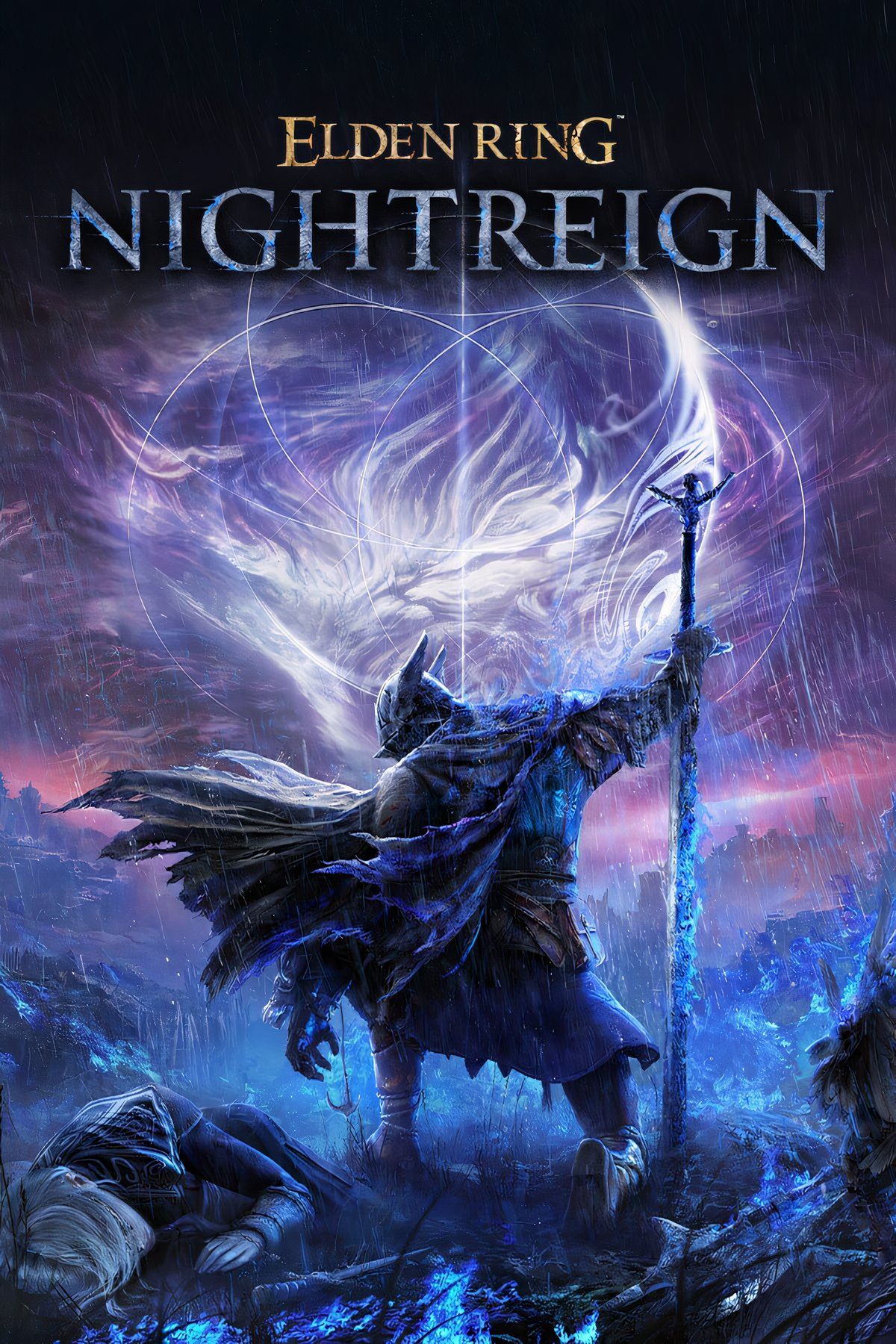Elden Ring Nightreign is finally here, and it’s garnered a mixed reception that is atypical of FromSoftware’s other modern releases. Perhaps this shouldn’t be so surprising, considering Nightreign‘s fundamental changes to the souls formula, but the transmutation of Elden Ring into a roguelike is admittedly quite effective—at least in some ways. By analyzing Nightreign‘s myriad strengths, the broader advantages of the soulslike and roguelike genres may be illuminated.
Like most roguelikes, Elden Ring Nightreign revolves around the player-character’s relentless journey toward greater power. The gameplay template is a cyclical and finite one, characterized by repeated attempts at the same sets of challenges, with little in the way of cross-run progression, for better or worse. The restrictive and short-term nature of Nightreign‘s gameplay loop, coupled with the further restrictions introduced by the game’s cast of playable character archetypes, could have very well contributed to a sense of mechanical claustrophobia relative to its source material. Elden Ring was defined by its robust and impressive build variety, after all, so Nightreign‘s structural changes should theoretically lead to a less expressive, more on-rails combat experience. But thankfully, this is not the case.

Related
Elden Ring Nightreign Could’ve Kicked Open the Door to Nostalgia, But Only Left It a Crack Open
Elden Ring Nightreign caused a lot of discussion when its Dark Souls content was revealed, but its inclusion flies in the face of industry trends.
How Elden Ring Nightreign Recontextualizes and Revamps Elden Ring’s Build-Crafting
Surprisingly, There’s More Room for Experimentation in Elden Ring Nightreign
In Elden Ring, much like in the Dark Souls games that preceded it, players are presented with a loosely structured build-crafting system. Rather than selecting a rigid class like, say, a mage, and being locked out of all manner of melee weapons in favor of spell-casting, Elden Ring players simply choose a starting point and build their character from there. This makes it easy to test out unique playstyles and builds, but only early in the game. At a certain point, if a player wants to wield high-level gear, or maximize their DPS without having to rely on consumables and buffs, they’ll need to allocate XP to one or two offense-focused stats. Otherwise, they’ll be spread too thin.
Elden Ring allows players to respec, but only after defeating Rennala. Even then, the process requires a rare Larval Tear item to initiate.
Things are a bit different in Elden Ring Nightreign. Because traditional stats have been reworked, and demanding stat requirements barring access to certain weapons have been more or less removed, any character can effectively use just about any weapon. Of course, there are still class guidelines—Ironeye will always be better with bows than swords, for example—but it can be surprisingly gratifying to toy around with different weapon combinations. Combined with character-specific abilities and passives, this gear freedom opens the door to some surprisingly gratifying experimentation.
For example, a player could play as Recluse with a relic that increases lightning attack damage. Then, they could find a sword with lightning affinity in the overworld for use in Recluse’s off-hand, leading to a new, powerful gameplay strategy. And because Recluse can consume affinity residues to replenish FP and activate special abilities, this lightning sword presents yet another distinct advantage, augmenting resource management while improving short-range elemental dominance.
With no stat requirements beyond easily attainable character leveling, different weapon classes, not to mention Ashes of War, players can be extremely flexible with just about any starting archetype. While a character like Guardian may always be best suited to the broadly defined “tank” role, there’s still space to create nuanced heavyweight builds for him by off-handing weapons, investing in ranged options, or building around FP and Ashes of War. This is rather ironic, of course, since one would assume that Nightreign would excel more with its baseline mechanics while streamlining typical RPG build-crafting, but if anything, the opposite is true. The game might not have the sky-is-the-limit potential of build-crafting in Elden Ring, but its lower requirements and low-commitment roguelike structure arguably allow players to experiment with a greater variety of builds than they would have otherwise.

Elden Ring Nightreign
- Released
-
May 30, 2025
- Multiplayer
-
Online Co-Op
- Number of Players
-
1-3
- Steam Deck Compatibility
-
Unknown
- PC Release Date
-
May 30, 2025

